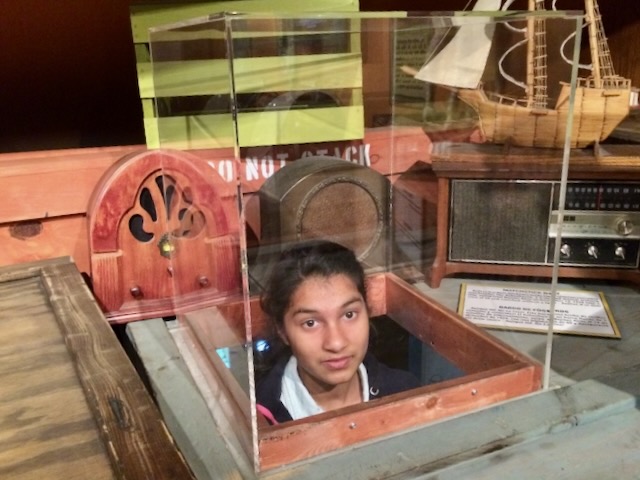Actor and observer. Waking Up from Sam Harris is asking us to realize that there is no observer “I” separate from our bodies, and what we call as “I” is an invention that we created while growing up.
An interesting parable from Sam can help explain what we learn about “I” when we meditate.
A north European tour bus is at a rest stop, and an Asian woman tourist, unaware of the customs and language, comes back to the empty bus and changes her clothes. When the rest of the tourists come back to the bus, they realize that the Asian woman is missing. After waiting for a while, a search party is made, and even the Asian woman is part of it. After hunting for herself for a while, she realizes that the search party is looking for her, and once she reveals this in her broken language to others, the search party is disbanded.
Similarly, as part of meditation, focusing my attention to my breath or a candle flame is like making a search party I conduct to find my conscience. I then realize that “my” conscience has always been with me in plain sight, but I have been too distracted in “my” thoughts to notice.
At some point in our early childhood development, we become extremely adept at having silent conversations to help contemplate our observations. However, this contemplation can degrade into gossip, and then it serves more as a medium to distract and confuse us, rather than purely as a tool to enhance our lives.
Meditation helps us build control over this necessary internal conversation (uncontrolled thoughts) capability, and helps us disassociate these contemplative thoughts from a feeling of “I”, our identity.
The profound realization is that I have been associating thoughts to be my identity, and that is just not true. Thoughts are just that: thoughts. Some are useful, and some are posturing.
“I” only exist as a psychological and physical continuity of my memories, relationships, and experiences, and my thoughts are tools to contemplate, understand, and decide on my observations of reality.
